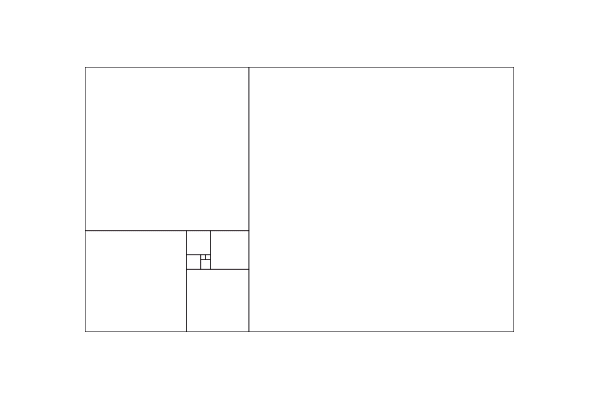Two to three seconds is all it takes to form an opinion about something, and this same rule applies to your logo. Read on to find out how to unleash the visual potential of your brand.
Next to brand recognition and personality, your visual identity (or corporate design) is the third pillar on which your brand stands.
Your logo is first in line when it comes to characterizing your brand personality. It summarizes the main message, the brand name, the definition of the overall color scheme and fonts in use. How can you express all this with such a small element?
1. Choose a powerful brand name
No name, no logo. You need a name that’s both powerful and uncommon. Please note: you must check in advance to confirm the availability of the brand name in the textile industry. To find out whether or not your idea is protected by trademark law, a simple search on the United States Patent and Trademark Office website will do the trick.
2. Put functionality over form

A logo should have a solid core and evolve over time. Spreadshirt’s logo has undergone various changes, and the last time it experienced a major brush-up was in 2018. We’ve asked our Head of Design, Dimosthenis Mouzouris, to enlighten us:

“We adapted our logo to improve its readability and got rid of the background. The old logo was too restrictive and neither the typography nor the shape of the letters served the purpose of the company. Moreover, it resembled our CTA buttons. You don’t want the CTAs on your website to conflict with your logo. A memorable logo should be as simple as possible. It needs to somehow be iconic and it needs to be recognizable. So we tried to get down to our logo’s core: the heart symbol with a simple font.“
Regardless of whether you opt for a word mark or an image mark, the ideal is to keep your logo as simple as possible. It needs to be readable, even on smaller displays, and it should easily blend in while also being noticeable. A simple symbol has the advantage of being recognized immediately without text.

3. Fonts and color characteristics
The color of your design should align perfectly with those of your store or website. To add personality to your brand, you can get inspired by the most prominently occurring colors that you use for the designs you create. Also: your logo should also work in black and white. And when it comes to choosing a font, Domosthenis notes:
“The font should be easy to read, and it should be quite timeless. If you use trendy fonts, your logo can soon look quite dated. Google uses a very generic font. Still, they make it stand out by way of the characteristic alignment of colors.“
4. Rejuvenate your website and your brand
What applies to the logo also applies to the design on your website and Shop:
“Don’t overload your website with too much, no long paragraphs of text or too many pictures. Simplicity is the key word. We live in a world where everyone wants something fast, everyone wants to be stimulated. There is so much competition; you need to cut through the noise.“
Put some trust in your intuition, and don’t be afraid of changing your logo over time (just look at our logo’s evolution over the past 17 years). As a designer, you are holding the best turnkey in your hands already. We wish the best of success in creating your brand!
What are your favorite logos and why? What do you think of the tips above? Let us hear your ideas in the comments!
Selecting a potent brand name sets the stage for a compelling logo. It is not just a graphic it is a succinct representation of your brands essence. Spreadshirts logo evolution exemplifies the commitment to a robust visual identity.
Commercial Standard Cleaning in Cypress TX
Ok
Ok